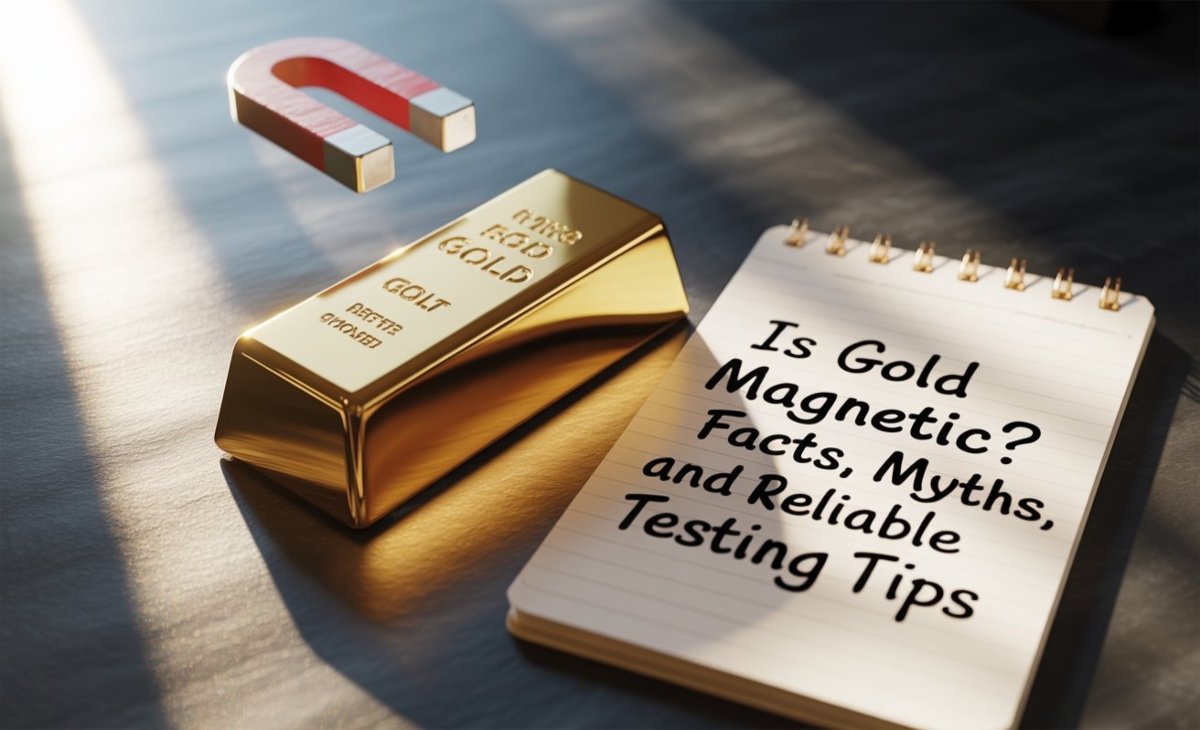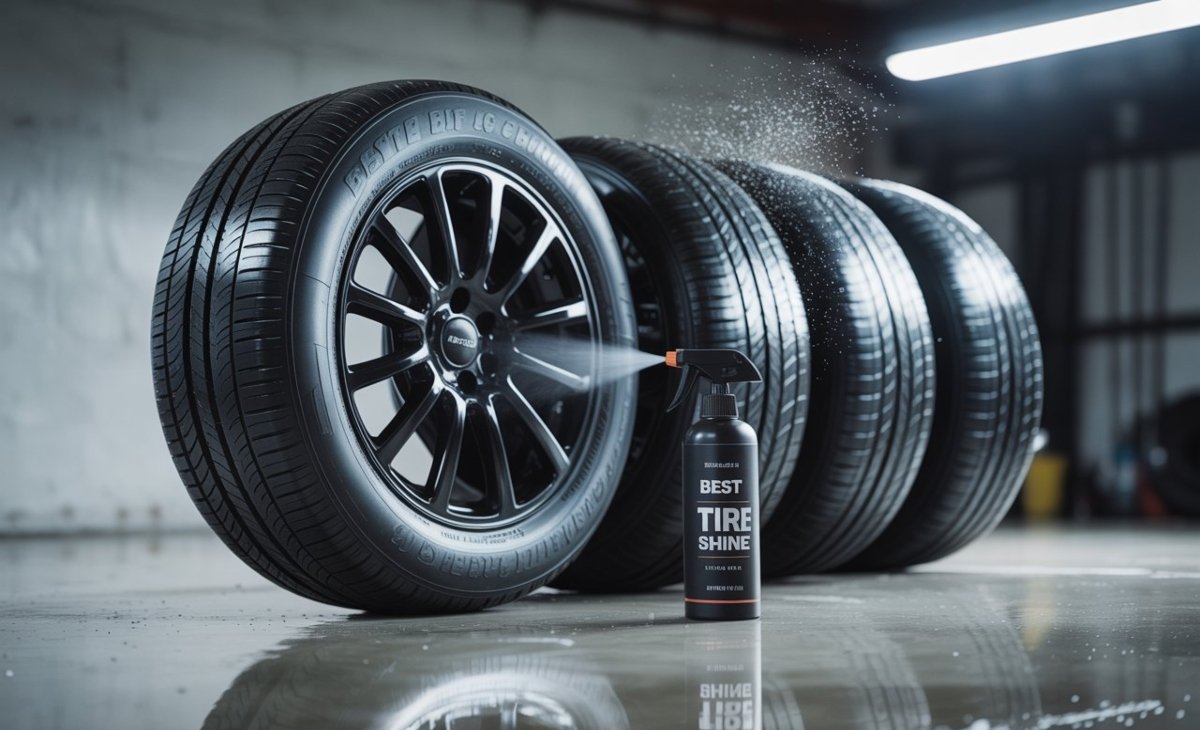You’ve probably seen someone hold a shiny ring next to a magnet to check if it’s real. But is gold magnetic, or is that just another internet myth? This simple question can confuse many homeowners and jewelry lovers. The truth is fascinating: pure gold has unique scientific properties that explain why a magnet test often gives mixed results. Understanding these properties will help you spot real gold and avoid costly mistakes.
What Does “Is Gold Magnetic” Really Mean?
Before diving in, let’s define the question. When people ask is gold magnetic, they’re really wondering whether gold will stick to a magnet the way iron or nickel does. In science, magnetism refers to a material’s ability to be attracted to or repelled by a magnetic field. Pure gold, also known as 24-karat gold, is classified as diamagnetic, meaning it actually repels magnets slightly—though the effect is so weak you’ll never notice it by hand.
Why Gold’s Magnetism Matters
Why should a homeowner or jewelry shopper care whether gold is magnetic?
- Detecting fakes: Counterfeit jewelry often contains metals like iron or nickel, which are magnetic.
- Assessing purity: Lower-karat gold (like 10k or 14k) includes other metals for strength. If those metals are magnetic, the piece may show slight attraction to a magnet.
- Protecting investments: Understanding magnetism helps you test gold safely before buying or selling.
Knowing the real science behind gold’s magnetism protects your wallet and your peace of mind.
How Gold’s Atomic Structure Explains Everything
To understand why pure gold is not magnetic, we need to peek inside its atoms. Gold has an atomic number of 79 and a tightly packed electron structure. Unlike ferromagnetic metals such as iron, gold has no unpaired electrons to create a strong magnetic field. In fact, gold’s electrons move so quickly that relativistic effects make it even less likely to attract a magnet.
This combination of tightly bound electrons and unique motion means 24-karat gold simply will not stick to a magnet—no matter how powerful it is.
What About Gold Alloys?
Most jewelry isn’t pure 24k gold. Rings, chains, and bangles are often made with alloys—gold mixed with metals like copper, silver, nickel, or zinc—for strength and durability. Here’s how that affects magnetism:
- 10k–14k Gold: These lower-karat pieces can contain enough nickel or iron to respond slightly to a magnet.
- 18k Gold: Usually shows little to no attraction, but trace metals might create a mild pull.
- Clasps and Springs: Even in high-purity jewelry, steel parts inside clasps can trigger a magnetic response.
So if your necklace clasp sticks to a magnet, it doesn’t necessarily mean the chain itself is fake—it might just have a steel spring inside.
Common Myths About Gold and Magnets
Myth 1: If It Sticks, It’s Fake
Not always. A strong magnet might react to a clasp, a solder joint, or a small amount of nickel in the alloy while the rest of the piece is genuine gold.
Myth 2: Pure Gold Should Be Strongly Repelled
Gold is diamagnetic, meaning it weakly repels magnets. The force is so small that it’s practically invisible without lab equipment.
Myth 3: Magnet Testing Is Foolproof
Magnets are helpful but far from perfect. Professionals always confirm results with additional tests.
Reliable Gold Testing Methods
Wondering how to check your gold at home or through a jeweler? Try these approaches:
Magnet Test
Use a strong neodymium magnet. Hold it near the gold without touching. Pure gold won’t react, but alloys might show a mild pull. Remember, clasps can be misleading.
Acid Test
A jeweler scratches the surface lightly and applies specific acids. Different reactions reveal the gold’s karat level.
Electronic Tester
This device measures electrical conductivity to estimate purity quickly and non-destructively.
X-Ray Fluorescence (XRF)
The most precise method. XRF analyzes the elemental composition without scratching or damaging the jewelry.
Tips for Homeowners and Shoppers
- Check Multiple Spots: Test the chain and clasp separately.
- Know the Karat: A 10k piece may react slightly; that doesn’t mean it’s fake.
- Use Multiple Tests: Combine magnet and acid tests for better accuracy.
- Buy From Reputable Dealers: Certified jewelers provide documentation that magnet tests alone cannot match.
Frequently Asked Questions
Does real gold stick to a magnet?
No. Pure 24k gold will not stick. Alloys may show slight attraction if mixed with magnetic metals.
Can fake gold pass a magnet test?
Yes. Some fakes use non-magnetic metals like brass or copper, so a magnet test alone isn’t foolproof.
Is white gold magnetic?
It depends on the alloy. White gold often contains nickel or palladium, which can slightly affect magnetism.
Will gold-plated items attract a magnet?
Usually, yes—because the base metal under the thin gold layer is often magnetic.
Summary
So, is gold magnetic? Pure gold is not magnetic. Its unique atomic structure makes it diamagnetic, meaning it barely reacts to magnetic fields. But jewelry often contains other metals, and clasps or hidden springs can cause mild attraction. That’s why magnet tests alone can mislead you.
For anyone buying or selling gold, the smartest approach is a combination of magnet, acid, electronic, or XRF testing. By understanding the science and using reliable methods, you can confidently spot real gold, protect your investment, and enjoy the beauty of this timeless metal.





